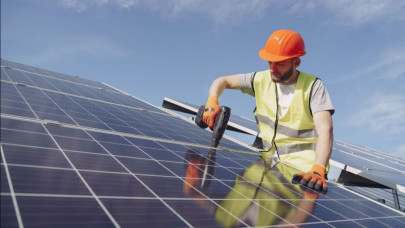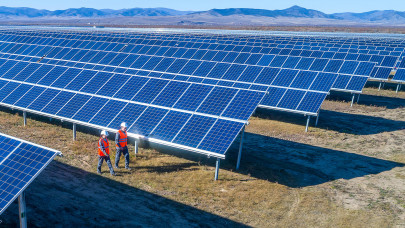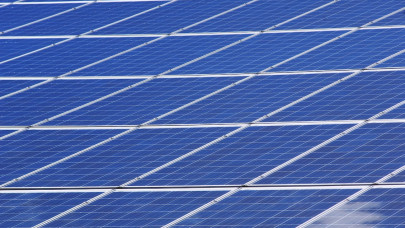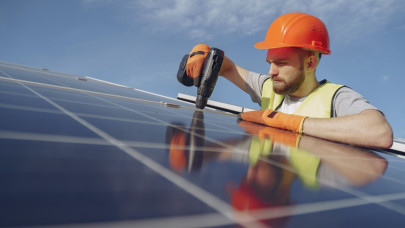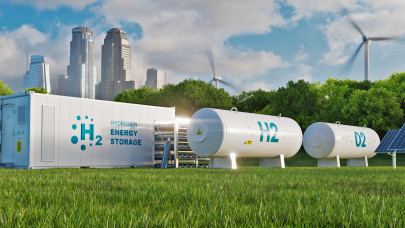In addition to marking a major step forward due to the size and production capacity of the plant – which, once fully operational, is expected to generate around 280 GWh per year on average – the start of construction also marks the beginning of a project which, once complete, will allow the company to avoid the annual emission of around 130,000 tons of CO2 into the atmosphere as well as saving approximately 26 million cubic meters of gas per year: this fossil fuel will be fully replaced by locally produced renewable energy that can meet the energy needs of roughly 111,000 households in a sustainable way.
This agrivoltaic solar farm will be built in an area owned by a local company that will be working with Enel Green Power on integrating agricultural activities at the plant. Specifically, fodder and borage will be grown in vacant areas between the rows of solar panels and in the buffer zones of overhead power lines, while olive trees will be planted around the perimeter.
“The solar plant we are building in Tarquinia shows that an increase in the use of renewable energy can be harmoniously combined with agricultural activities. In fact, this plant will seamlessly integrate with the local area and will host crops, resulting in a positive impact on the environment, the economy, and the local area, as well as helping to reduce Italy's energy dependency”, says Salvatore Bernabei, CEO of Enel Green Power.
The construction of this new plant reaffirms Enel Green Power's commitment to the energy transition in the North of Latium, as well as its primary focus on ensuring it has a positive impact on the local economy and communities. The companies involved in the construction of the plant are from Latium, most of them based in the province of Viterbo, and up to around 330 people will be employed over an estimated construction period of 13 months.
As part of a broader commitment by the Enel Group to promote a new type of sustainable development in the local area in order to support the energy transition, the solar plant in Tarquinia fits into a strategy that prioritizes upgrading existing facilities and building new renewable energy plants.



